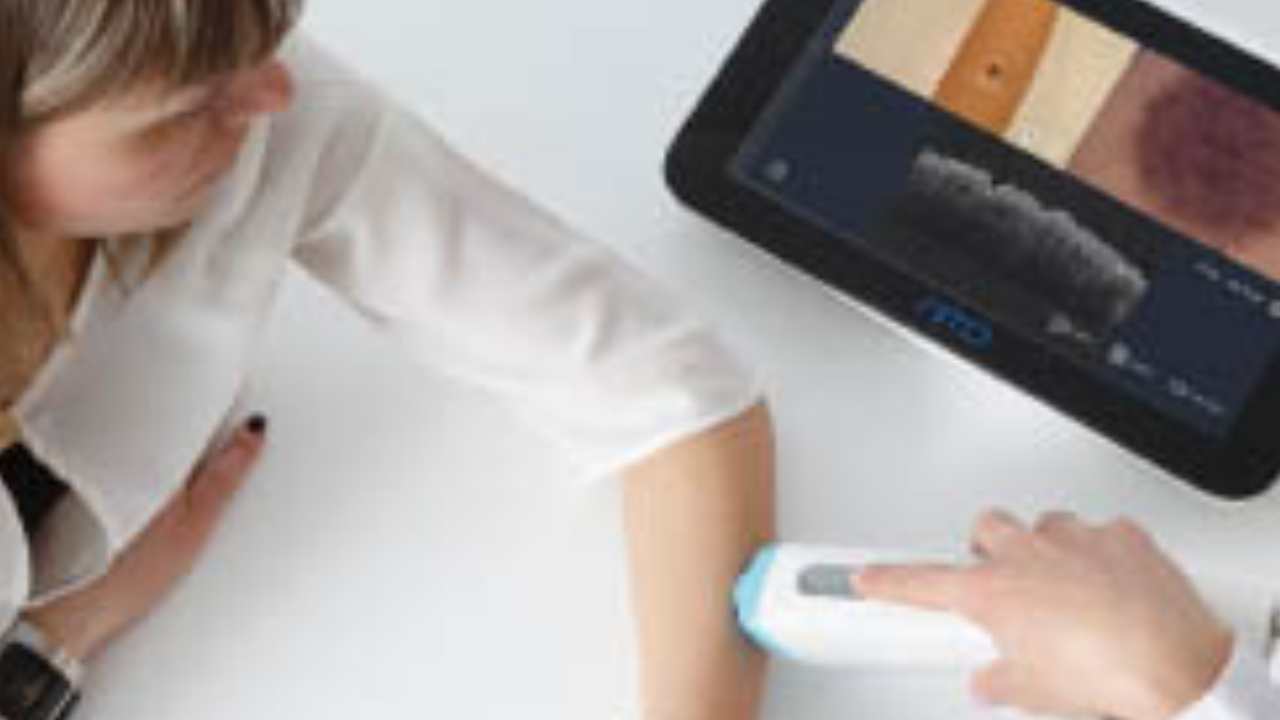Technological advancements continue to drive unprecedented progress. At the heart of this transformation lies the process of medical device prototyping an integral stage in the development of innovative solutions aimed at enhancing patient care, improving diagnostics, and ultimately saving lives.
So, medical device prototyping is the systematic process of creating preliminary models or prototypes of a proposed medical device. This stage occurs before mass production and serves as a crucial bridge between conceptualization and final product development. The primary objectives are to test and validate design concepts, functionalities, and overall performance, allowing for the identification and rectification of any issues early in the development cycle.
The Crucial Role of Prototyping in Healthcare Innovation
Medical device prototyping stands as a cornerstone in the journey of healthcare innovation. By embracing an iterative design process, mitigating risks, and incorporating user feedback, developers can ensure the creation of devices that not only meet regulatory standards but also address the unique needs of healthcare professionals and patients
Proof-of-Concept Prototypes:
The initial step in the prototyping process involves creating proof-of-concept prototypes. These prototypes focus on validating the fundamental idea and feasibility of the medical device. They provide a tangible representation of the concept, serving as a foundation for further development.
Form and Fit Prototypes:
Form and fit prototypes emphasize the physical appearance, dimensions, and overall structure of the device. These prototypes are crucial for assessing the device’s aesthetics and ensuring compatibility with existing medical equipment and facilities.
Functional Prototypes:
Functional prototypes go beyond appearance, showcasing the actual working mechanisms of the medical device. Testing the functionality of the prototype is essential for identifying and addressing technical challenges, ensuring that the device performs as intended.
3D Printing:
One of the most significant advancements in medical device prototyping is the advent of 3D printing. This technology allows for the rapid and cost-effective production of intricate prototypes. Developers can experiment with various designs and materials, facilitating a more agile and responsive development process.
Virtual Prototyping:
Virtual prototyping involves the creation of digital models that simulate the behavior and functionality of the medical device. This approach allows developers to conduct virtual tests, assess performance, and make adjustments without the need for physical prototypes. Virtual prototyping is particularly valuable in saving time and resources.
Cost Implications:
Prototyping can be associated with significant costs, including materials, equipment, and labor. However, the long-term benefits, such as risk reduction and improved final product quality, often outweigh the initial investment. Collaborative efforts between industry stakeholders and advancements in cost-effective prototyping technologies can further alleviate financial concerns.
Time Constraints:
The pressure to bring innovative medical devices to market quickly can pose challenges in the prototyping phase. However, the iterative nature of prototyping, coupled with advancements like 3D printing and virtual prototyping, has expedited the development process, allowing for more efficient iterations and shorter turnaround times.
Interdisciplinary Collaboration:
Medical device development requires collaboration between professionals with diverse expertise, including engineers, designers, healthcare practitioners, and regulatory experts. Effective communication and collaboration among these disciplines are crucial for successful prototyping and overall product development.
Implantable Cardioverter-Defibrillator (ICD):
The development of ICDs involved extensive prototyping to refine the device’s size, battery life, and electrical components. Iterative testing allowed developers to address issues related to device placement, functionality, and patient comfort, leading to the creation of a highly effective and widely used medical device.
Wireless Capsule Endoscopy:
The evolution of wireless capsule endoscopy is another success story in medical device prototyping. Through iterative prototyping, developers refined the capsule’s design, camera technology, and wireless communication capabilities. This technology revolutionized gastrointestinal diagnostics, offering a less invasive alternative to traditional endoscopy.
Conclusion
As technological advancements continue to shape the landscape of medical device development, the seamless integration of prototyping into the innovation lifecycle promises a future where groundbreaking healthcare solutions are brought to fruition with unprecedented efficiency and precision. Through collaborative efforts, interdisciplinary approaches, and a commitment to continuous improvement, medical device prototyping will remain a driving force in transforming healthcare for generations to come.
